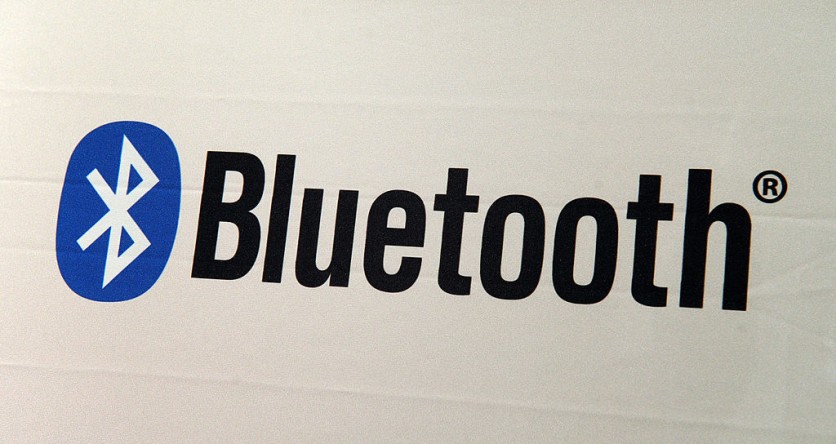In a historic gesture, Denmark has officially granted the creators of Bluetooth technology the right to use the name and symbol of Danish King Harald "Bluetooth" Gormsson for the next 1,000 years.
According to AFP, the Jelling museum, the custodian of the eponymous runestones that tell the story of the king and his family, has extended this unique authorization. Harald Blåtand Gormsson, known colloquially as Harald "Bluetooth," held a pivotal role in 10th-century northern Europe.
The historical figure is famous for his adoption of Christianity, forsaking the veneration of Odin and Thor, which remains a significant aspect of his reign.

The Meaning Behind the Bluetooth Symbol
The Bluetooth symbol, often recognized as a combination of two runes from the Nordic alphabet, represents the initials of Harald "Bluetooth "Gormsson.
King Harald is renowned for uniting Denmark and parts of Norway during his reign and for his efforts to promote Christianity in Scandinavia.
The Bluetooth technology, developed by Ericsson, was named after King Harald as a symbolic gesture to signify its purpose: to unite and connect various electronic devices, just as King Harald united tribes and regions.
The designers chose this name to reflect the technology's ambition to facilitate wireless communication and collaboration between various devices, regardless of their make or model.
The Bluetooth logo combines the initials "H" and "B" of King Harald in the Nordic runes, creating a unique and recognizable symbol for the technology.
Jim Kardach, one of the architects of this technology, previously said, "The idea behind the new technology was that it should connect and unify. Just like Harald Bluetooth did when he unified Denmark and Norway."
Reflecting on their nomenclature choice, Kardach expressed remorse for not seeking prior approval. He acknowledged it as a rather audacious move on their part.
This unprecedented permission is more than a symbolic gesture. It marks a convergence of ancient history with modern technology, paying homage to a ruler whose legacy of unification resonates even in the digital age.
Read Also : macOS 12.3.1 Update Bug Fixes: PlayStation, Xbox Controllers, Bluetooth Devices Now Works Fine
Bluetooth's History
The first official Bluetooth specification, version 1.0, was released in 1999, marking its entry into the market. Initially used for hands-free calling, Bluetooth quickly expanded its capabilities to include file transfer, data synchronization, and internet connectivity.
Successive versions of Bluetooth, like 2.0, 3.0, and 4.0, have brought improvements in data transfer speeds, range, and power efficiency. It became widely adopted in devices such as smartphones, laptops, speakers, and IoT devices.
Bluetooth 5.0, introduced in 2016, revolutionized the technology with higher speeds, extended range, and support for mesh networking, crucial for IoT applications.
Subsequent versions, like 5.1 and 5.2, brought features like precise positioning and improved audio quality. Today, Bluetooth is integral in enabling wireless communication across various devices, from audio streaming to smart home automation and healthcare devices.
Related Article : Life360 Buys Bluetooth Tracking Company Tile for $205 Million | Apple Find My Network Competitor

![Apple Watch Series 10 [GPS 42mm]](https://d.techtimes.com/en/full/453899/apple-watch-series-10-gps-42mm.jpg?w=184&h=103&f=9fb3c2ea2db928c663d1d2eadbcb3e52)



